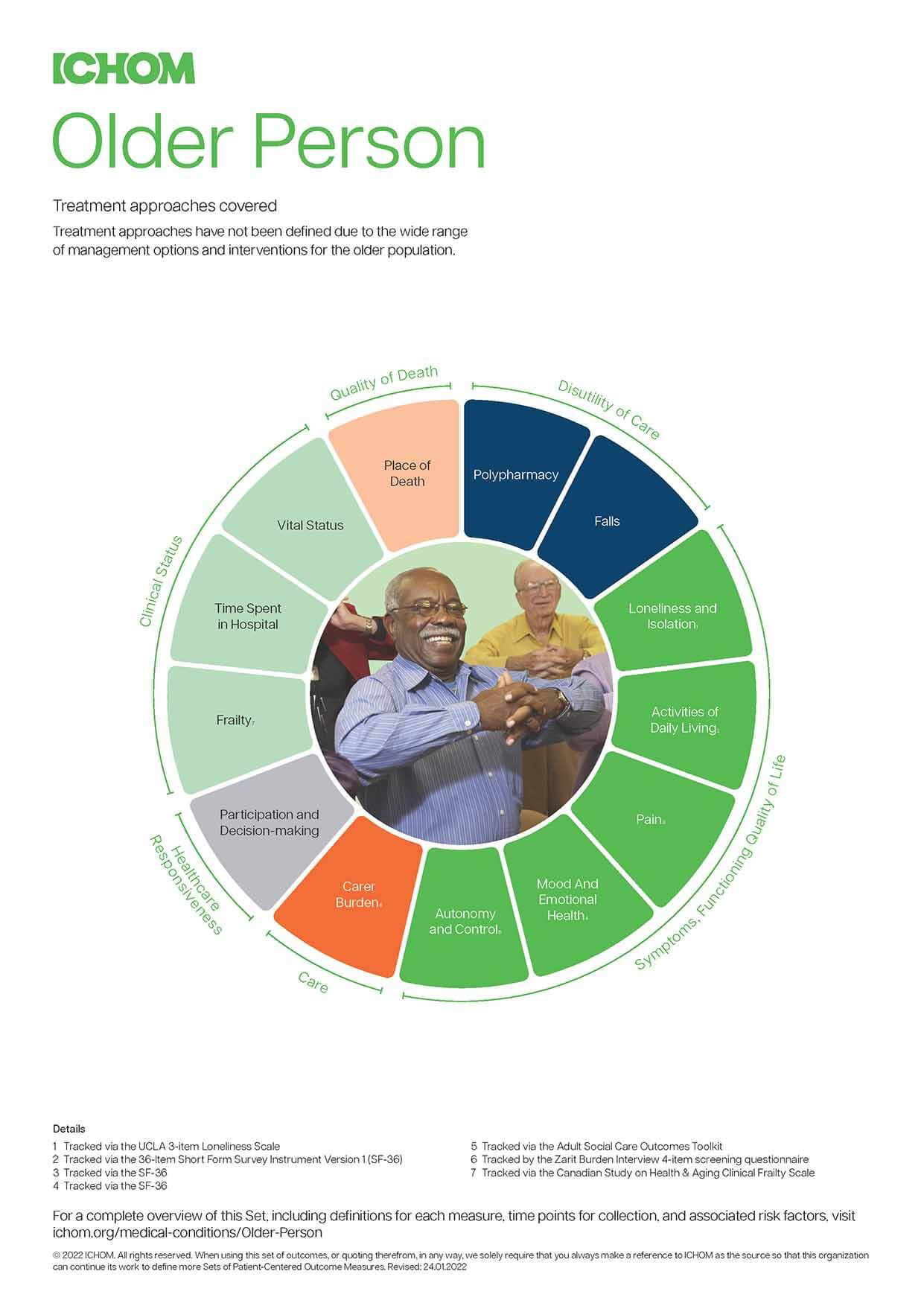About Patient-Centered Outcome Measures
Defining outcomes that matter most
To date, we have published 45 Sets of Patient-Centered Outcome Measures covering different conditions and for specific patient populations.
By creating a standardized list of the outcomes based on the patient’s priorities along with instruments and time points for measurement, we can ensure the patient remains at the centre of their care. For valid comparison, we know the importance of risk adjustment, so we also standardize these case mix variables.
When developing a Set, we bring together a multidisciplinary group of patient representatives, leading physicians and registry leaders to prioritize a core set of outcomes, which take into consideration outcomes from different treatments. Through the implementation of these Sets, you can begin to measure, analyze and improve outcomes achieved in the delivery of care. We are continually reviewing our published Sets.
